
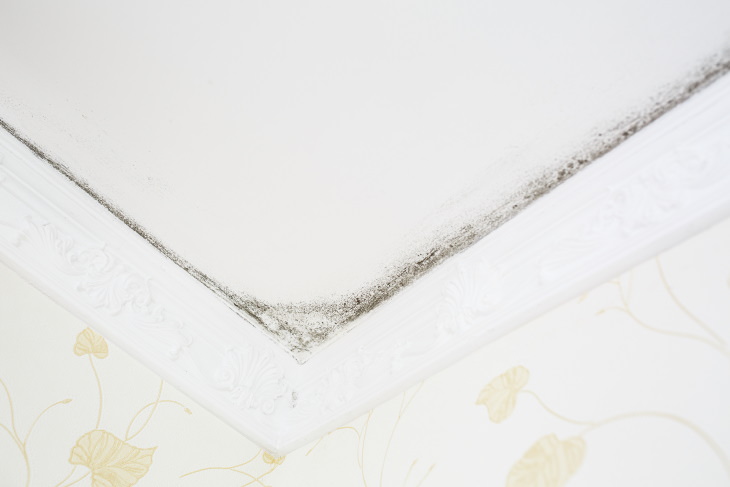
There are many varieties of mold that grow both inside and outside your home. There are three types of molds that can grow on your ceiling:
Read more on the health effects of mold here - The Warning Signs of Mold Illness.
If the mold infestation is toxic or takes up a large surface area (10 feet or more), you need to call an expert to kill the mold and remove the affected areas. Ask your local health department for a mold testing kit or ask them to refer you to a mold removal service. For more information, refer to the CDC guide to mold here.
Prevention is the best cure! Even if you don’t have mold in your bathroom, follow these tips to control humidity in the bathroom:
1. Make sure that the bathroom is well ventilated at all times, this means using the bathroom fan and keeping windows open.
2. Clean the bathtub, shower, and tiles with a disinfectant regularly.
3. Dry the tiles around the bathtub or the shower with a cloth after every use.
4. Clean and replace shower curtains, bath rugs, and towels regularly.
For more tips on mold prevention, read our article titled Never Worry About Mold Again Thanks to These Tips.
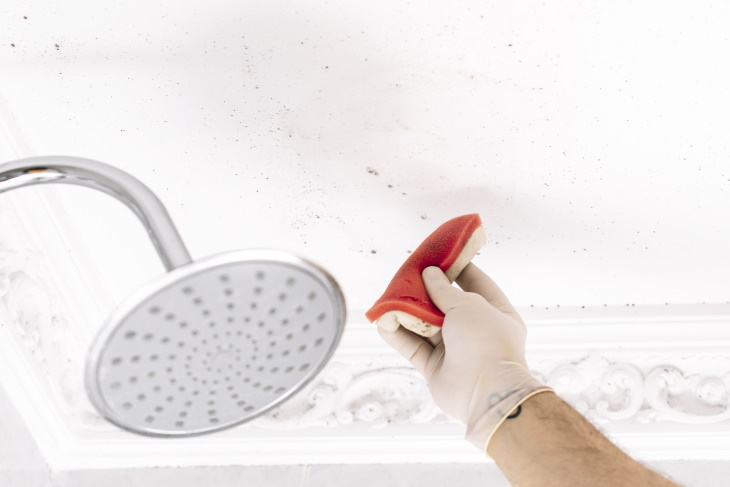
If you catch the mold early and it didn’t have time to spread, you can usually safely remove it yourself. We explain how to do so safely below. First and foremost, make sure to wear protective equipment while removing mold yourself: gloves, protective glasses, and an N-95 face mask. Prepare a ladder if you can’t comfortably reach the affected area.
You will also need a bucket and a sponge. For the cleaning solution, you will need:
- ½ cup chlorine bleach
- 1 tablespoon dish soap
- 1 cup warm water.
1. Combine all the ingredients in the bucket. You can easily double the ingredients if the affected area is larger or you want to treat several walls at once.
2. Put on all the protective equipment and open all windows to improve air circulation in the room.
3. Using a sponge, saturate the area with the disinfectant solution until it’s wet. Let it air-dry completely.
4. If you find that a stain remains after the ceiling has completely dried, repeat the process again until no signs of the mold remain.
Related Article: Household Mold and How to Deal With it
Mold usually grows in the grout in-between the tiles, so removing it will require a bit more elbow grease and a brush with stiff bristles.
1. Mix the same cleaning solution as listed above, put on your protective gear, and apply the disinfectant on the moldy tiles.
2. Scrub away any moldy residue with a brush, then add more cleaning liquid and wait 15 minutes.
3. If any residue remains, scrub and repeat the same process again.
4. Once the mold is gone, rinse tiles in warm water and dry with a rag.
As the last step, discard all of your cleaning equipment and protective gear. Remove the clothes you were wearing and wash them in hot water. This will prevent the spread of mold to other areas in your home and keep you safe from its negative health effects.
Share this information with those who will find it useful!
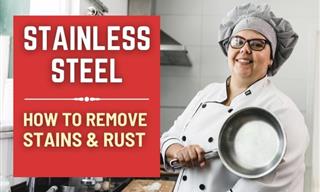
Stain Removal Tricks For Stainless Steel Pans & Appliances
Even though the word "stainless" is literally in its name, stainless steel is not immune to stains. So here's how you can get rid of them.
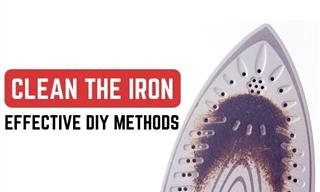
How to Clean a Dirty Iron - 6 Effective DIY Methods
Here's a variety of methods that will restore your iron to its former glory in a matter of minutes.

Is It Safe to Vacuum Broken Glass?
We explain what kind of vacuum you can and cannot use to clean glass shards, and how to clean up glass safely and responsibly.
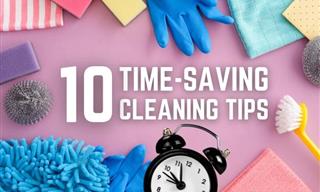
How to Master Speed Cleaning - 10 Time-Saving Tricks
Why waste hours on cleaning every week? Master the art of speed cleaning with these time-saving tips!
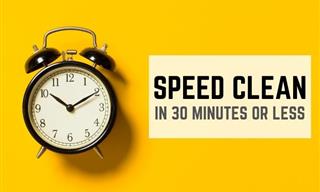
11 Tips For Cleaning Up the House As Fast As Possible
This go-to list targets high-traffic areas of your home and shows you how to speed-clean strategically, efficiently, and most importantly - quickly.
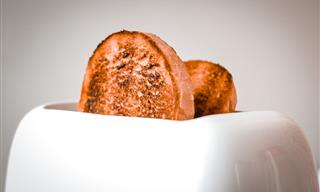 1:39
1:39
How to Clean Your Toaster - a Step by Step Guide
Is your toaster looking kind of crummy and smelling like burnt, stale toast? If so, it's time to clean it. Here's how to do so quickly and effectively.
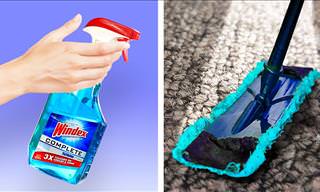 9:16
9:16
You Definitely Should Try These Amazing Cleaning Hacks
If blotches and stains are putting an dampener on how the interior of your home looks, be sure to learn these 20 unusual but super neat hacks.

Wrinkle Repair: At-Home Treatments and In-Office Procedures
In this article, we'll discuss neck and facial wrinkles and all the ways to treat them.
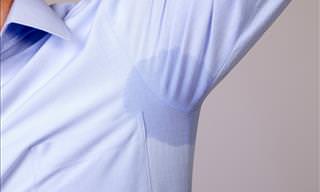 11:34
11:34
23 Hacks That'll Come in Handy in Embarrassing Moments
If you ever find yourself in an embarrassing situation, these hacks will save you.
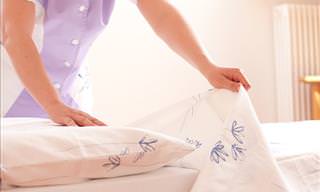
This is How Often You Should Change Your Bed Sheets
The majority of us don't change our bed sheets as often as we should, and that can cause serious health issues. Here's how often you should change them.
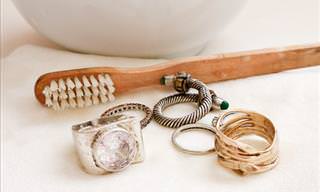
How to Clean Your Jewels at Home for Free
Enjoying clean jewels used to be a tedious chore, or an expensive visit to the jeweler's, but this way you can do it at home, for free!

If You’re Taking Apple Cider Vinegar, You Must Know This
There is a right and wrong way to take apple cider vinegar, and doing so incorrectly may not just be ineffective, it could be harmful to your health.

12 Alternative Uses for Basil You Never Thought Of
Basil is great with food, but it is thought to have a number of medicinal properties as well.Here are 12 of them.

9 Skincare Treatments My Granny Taught Me
it's time to discover what these 9 special beauty products contain.
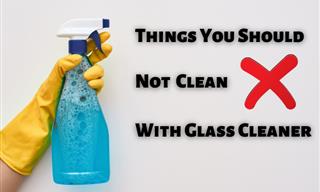
5 Cleaning Tasks You Shouldn’t Use a Glass Cleaner For
Here's a look at the cleaning tasks you shouldn’t use a glass cleaner for.
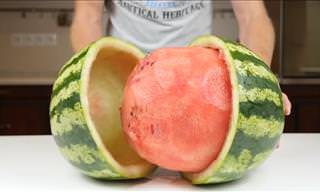 3:55
3:55
9 Terrific Methods to Cut Up a Watermelon
What is the best way to chop a watermelon? Here are 9 creative ways.

You Should Eat the Peels of These Fruit and Vegetables
The peel of some fruit and vegetables sometimes contain more nutrients than the actual flesh itself. Here are 10 fruit and veg peels that you should eat.

6 Uses for Apple Cider Vinegar You're Probably Unaware Of
If you think that apple cider vinegar is only good for cooking, we advise you to think again! Here are 6 great additional uses.
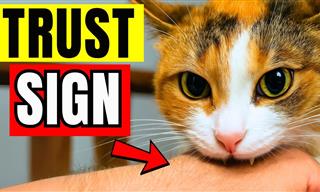 20:02
20:02
10 Gratifying Things Your Cat Does When It Loves You
Don’t miss these powerful signs that prove your cat truly adores you!

6 Things to Know Before a Loved One Passes Away
Whether someone you know is terminally ill or on their deathbed, here are 6 things you should know about what happens before we pass away.
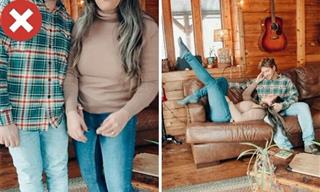
How to Always Look Great in Photos - 10 Useful Tips
If you want to improve your posing skills, check out these pro photographer’s tips!

Fiedler Dependency Model: The Right Leadership for the Task
According to this model, there is no single leadership style that universally fits every situation
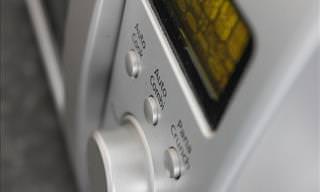
21 Sizzling Hot Microwave Tips To Improve Your Life
The microwave is something we use every day, but did you know how many different ways you can use it? Here are 21 surprising uses.

Reading Lessons from Einstein and 5 Other Famous Figures
Reading was one of the reasons why these 6 historical figures are recognized to this day. Here's what they can teach you about becoming a better reader yourself!
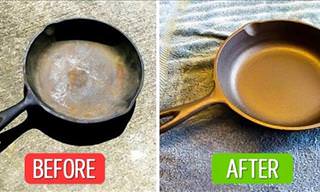
11 Superb Solutions to Turn an Old Looking Item into New
With these secrets, your old-looking items will look brand new once again!
 13:42
13:42
Flying Soon? These Clothing Choices Are a Bad Idea
This guide covers what not to wear when going to an airport.

14 Surprising Foods You Can Indulge Without Gaining Weight
Here are 14 nutritious foods you can eat as much as you want without feeling guilty or afraid that you’ll gain weight. Enjoy!
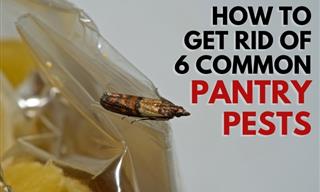
How to Get Rid of 6 Common Pantry Pests
Don’t let pesky little bugs wipe out your expensive food supplies and learn how to recognize and get rid of 6 common pantry pests with this informative guide.
 13:27
13:27
SHOCKING! Con Artists Reveal Their Psychological Tricks...
This video highlights some of the most convincing psychological tactics that scammers make use of, and will help prevent you from falling for them.
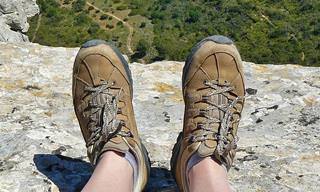 3:00
3:00
You've Been Tying Shoelaces Incorrectly Your Whole Life!
Although you're led to believe that you know how to tie your shoelaces perfectly well, You actually don't. Watch this TED Talk to see why.

Guide: How to Prevent and Get Rid of Carpet Beetles
How to prevent and get rid of carpet beetles in your home.

Every Gardener MUST Have These Useful Charts on Hand!
Have a black thumb? These gardening charts will help you turn it green!
 12:15
12:15
Easy Tips for Growing Chamomile in Your Home Garden
Love drinking chamomile tea? Now you can grow the wonderful herb in your garden and make your own chamomile tea.
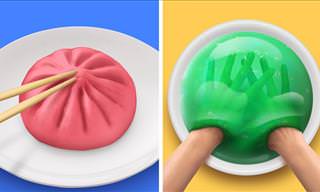 20:21
20:21
I Wish I'd Known About These Great Life Hacks Sooner
Whether you want to make your own musical instruments or learn how to take your clay modeling skills to the next level, this video has it all!
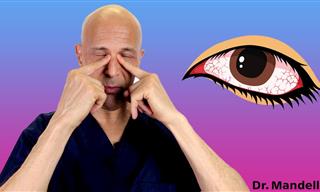 8:24
8:24
Eye-Relaxing Tips: Simple and Fast Exercises for Your Eyes
Do your eyes feel strained at the end of the day? These useful exercises will provide some relief.

Fake Olive Oil: Here's How You Can Spot It!
If you want to know whether the olive oil you have bought is real or an imposter, here's how you can tell!

4 Handy Infographics to Clear Up Spice-Related Confusion
Clear up the confusion you have about herbs and spices with these handy infographics. There's even a printable version for you to stick on your refrigerator!
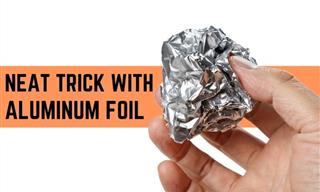
Putting Aluminum Foil in the Dishwasher - What Does It Do?
Try this neat dishwasher trick to make your silverware as good as new!

This Is How FBI Agents Protect Their Homes From Intruders
FBI agents have let us in on the secrets they employ to protect their own homes. here are 11 methods that FBI agents use to protect their homes.
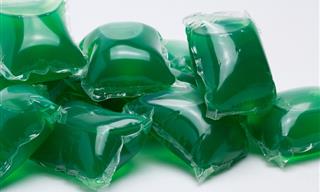
10 Home Items That Become Health Risks When NOT Used Right
These 10 ordinary household items can pose serious health risks, especiallly if you don't use them correctly.
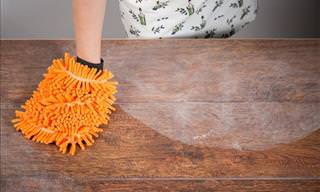
Don't Waste Time Cleaning Kitchen Items! Here's What to Do
Here's a list of the most irritating kitchen items to clean.

Extend the Shelf Life of Garlic - Simple Tips and Tricks
A common ingredient it may be, but many people still aren’t sure how to properly store garlic to keep it flavorful and fresh for up to 6 months.

The EASIEST Plants to Grow in Containers
If you’re wondering which plants work best in container gardens, you’ve come to the right place.

The Science Behind the Good Taste of Leftovers
Do you feel leftover food tastes different? it's not just in your head. Here's the science behind it, and which foods make the best leftovers.

Food Hacks: 12 Smart and Simple Ways to Save Cooking Time
Try these simple and easy food hacks and tricks today to save you plenty of cooking time.
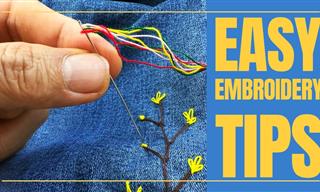 4:34
4:34
7 Super Useful Embroidery Tips and Hacks
Get to know 6 tricks for creating beautiful embroidery designs on clothes—perfect for beginners, but also for those already familiar with the technique.

11 CLEVER Ways to Repurpose Your Old Toothbrush
Have an old toothbrush lying around the house? Don’t toss it away yet!
To enable your Ad-Free Subscription, please fill the fields below
Your subscription was successful, now you can enjoy an ad-free experience!! Note: To make sure you get no ads, please make sure to log in to your account. If you are logged in already, then refresh the page. The subscription can be cancelled at any time.


